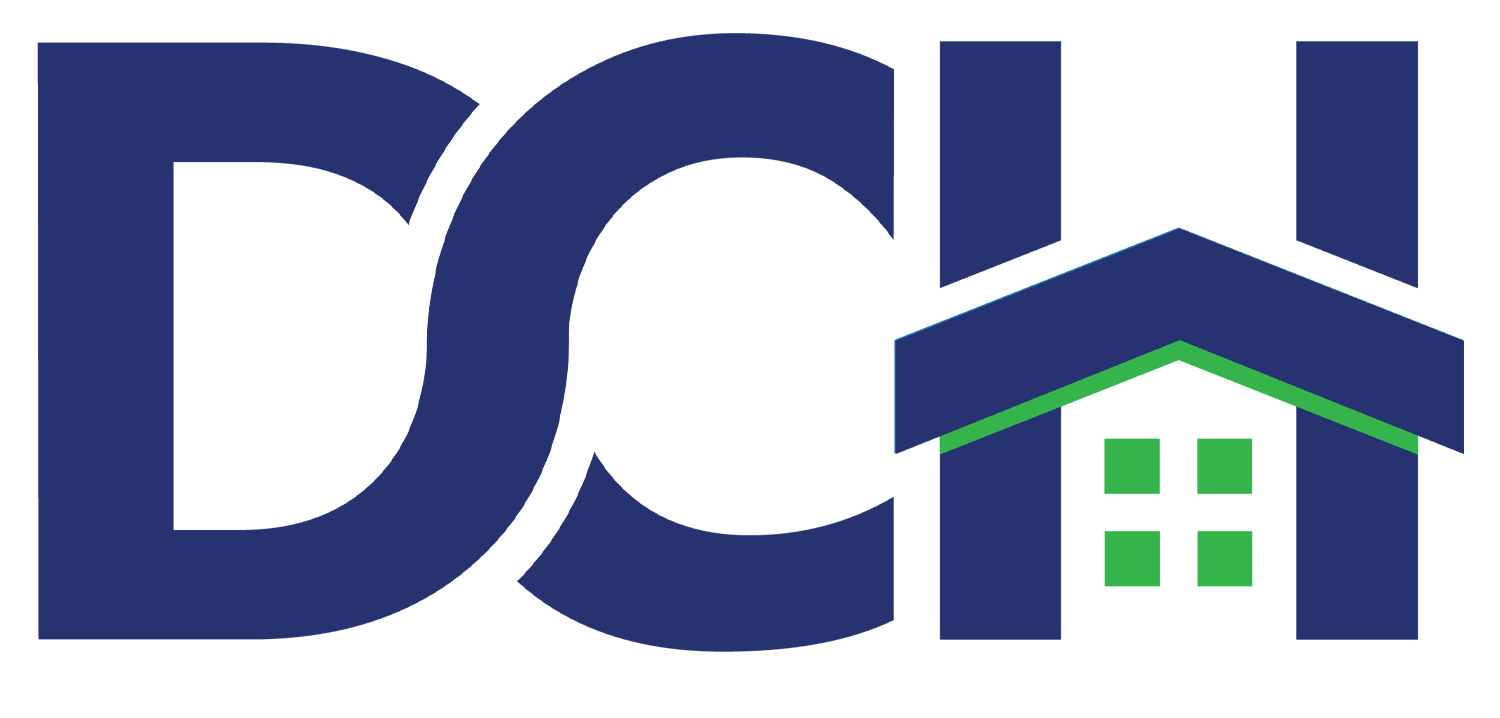Case Study Spotlight: Reserves at Gray Park — Lessons for Dallas
Underutilized city-owned parcels are increasingly the subject of affordable and attainable housing conversations. Case studies are emerging of new uses for city-owned spaces. The Reserves at Gray Park in Greenville, Mississippi, is one such space that transformed a parcel into 42 energy-efficient, community-centered affordable townhomes. Anchored in green design and public-private partnerships, lawmakers and city planners addressed Greenville's housing issues successfully. DCH explores another case study of public-private partnerships and the power of attainable housing solutions.
Greenville Housing in Crisis
Greenville, Mississippi, is located on the Mississippi Delta, and this area's population decline and poverty rise led to outmoded housing. Greenville, Mississippi, experienced a housing surplus of larger single-family homes, which are costly to maintain and energy inefficient. Unlike Dallas, which experienced significant population growth, Greenville needed to bring rental inventory to support the rural workforce and reduce poverty levels.
The Reserves at Gray Park
The Greater Greenville Housing and Revitalization Association (GGHRA) developed The Reserves at Gray Park on donated land in Greenville, marking the largest redevelopment of this type in the past 20 years in the city. It offers energy sustainability and green design that reduces utility costs and promotes engagement with the natural environment.
The Reserves at Gray Park consists of 17 two-story townhome buildings on an 8-acre site, featuring six one-bedroom, 27 two-bedroom, and nine three-bedroom units, with sizes ranging from 750 square feet to 1,200 square feet. 9% are affordable to households earning up to 60% of the area's median income, and the remaining units are affordable to households with incomes of up to 80% AMI. This is a similar AMI building model that DCH and other nonprofit affordable and attainable housing developers follow.
What are some other potential Dallas applications we can glean from the Greenville approach?
What is Infill Housing on Public Land?
Greenville's Approach: Greenville donated underutilized park land to build townhomes that the workforce could afford in a central location.
Dallas Potential: Dallas city leadership and nonprofits can identify and advocate for redevelopment. Some of the places where cities find land include surplus lots from parks, closed schools, or municipal properties. These can then be transformed, with the help of rezoning if necessary, into mixed-income, energy-efficient housing that already offers amenities.
Green Building for Lower Costs and Healthier Homes
Greenville's Strategy: The Reserves at Gray Park feature ENERGY STAR appliances, upgraded insulation (2x6 studs), smart passive design (sun-shaded overhangs), and efficient HVAC systems, which reduce utility costs and are built for resident comfort.
Dallas Potential: Similar features can be incorporated and are being incorporated in redevelopment projects across Dallas, including solar-ready roofs, compact footprints, high insulation, and efficient systems to lower tenant expenses and boost long-term affordability. This is especially high-impact in climates like Greenville and Dallas, which are susceptible to climate change-related extreme weather.
Resident Safety, Social Cohesion & Mobility
Greenville's Layout: The design of the Reserve at Gray Park pays particular attention to the natural surroundings. Narrow, offset doorways allow for viewing nature. Patios, interior courtyards, walkable paths, and a community garden encourage engagement with the landscape and neighbors.
Dallas Potential: Community-oriented design and site planning that integrates parks, play spaces, walking routes, and secure entrances promotes safety and community connectivity in attainable and affordable developments in Dallas.
Public Private Partnerships
Greenville's Model: GGHRA collaborated with city officials and secured grants (e.g., from FHLB Dallas) to finance and develop the Reserve at Gray Park.
Dallas Potential: Nonprofit developers, such as DCH, work closely with local leadership to explore land opportunities and leverage state and federal programs to pool funding and ensure feasibility for attainable and affordable developments.
Attainable Housing: More than Affordability
Greenville's Insight: This redevelopment targeted more than utility savings; it focused on long-term community benefits and affordability.
Dallas Potential: We emphasize holistic community services, beyond housing, that include financial coaching, health partnerships, transit access, and measure success by overall household stability.
DCH considers these design and construction adaptations to provide more affordable and sustainable housing. The Reserves at Gray Park shows how intelligent design, strategic partnerships, and affordability can thrive in areas with outmoded housing. Dallas has a need and the capacity for energy-efficient, inclusive infill housing to add housing stock. We're excited to share case studies, develop pilot plans, and continue to bring in outside ideas that transform housing solutions for Dallas.

